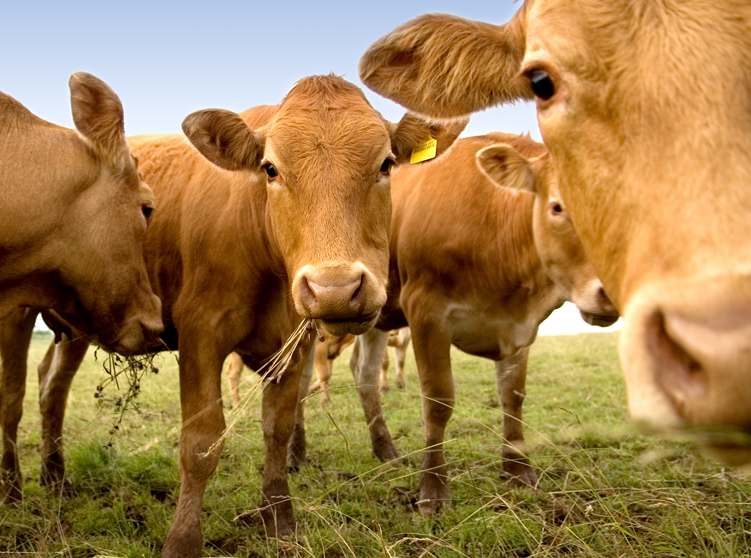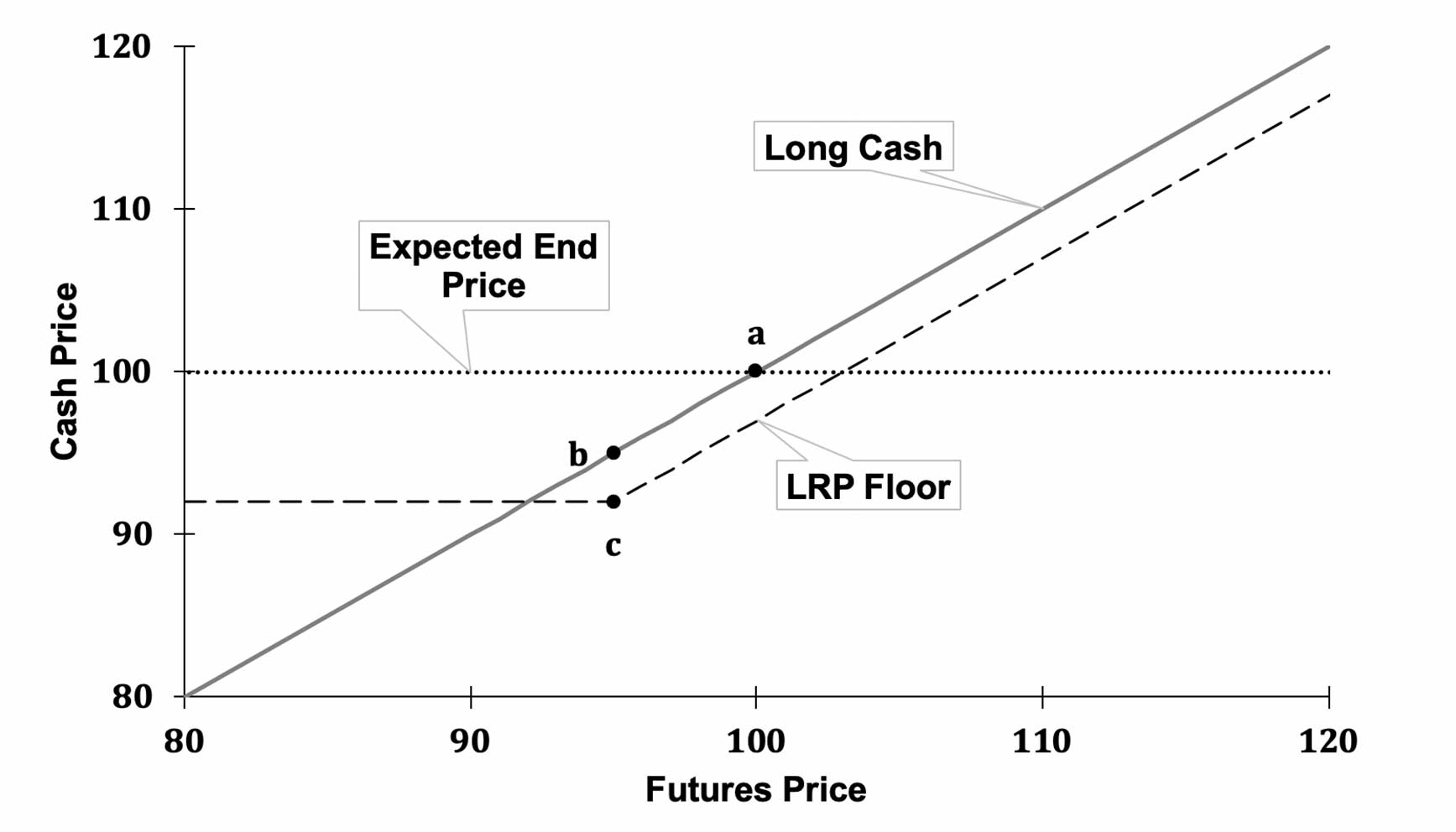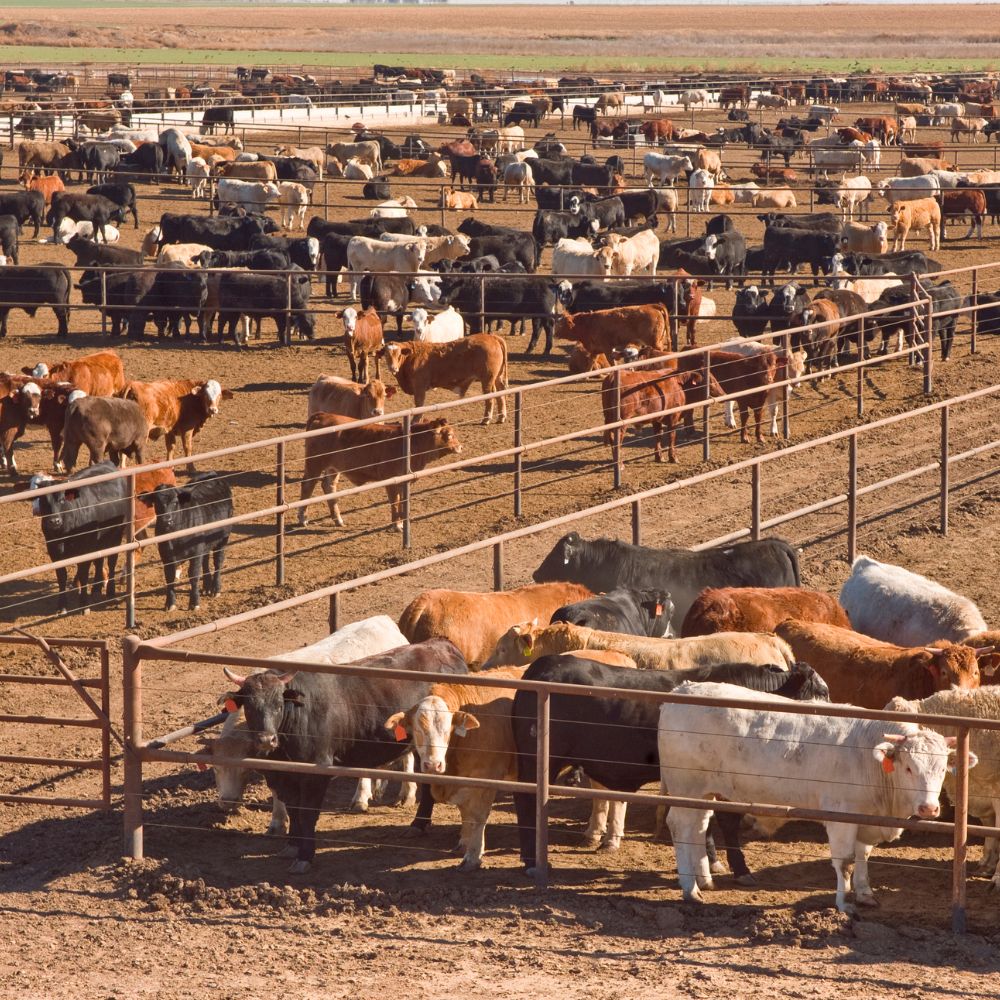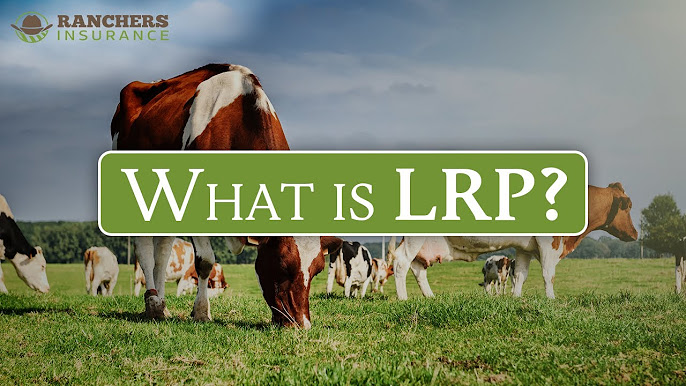Empower Your Business: Bagley Risk Management Insights
Empower Your Business: Bagley Risk Management Insights
Blog Article
Understanding Livestock Risk Protection (LRP) Insurance: A Comprehensive Overview
Navigating the world of animals danger defense (LRP) insurance coverage can be a complex undertaking for numerous in the agricultural sector. This kind of insurance supplies a safety internet versus market fluctuations and unpredicted scenarios that could influence livestock manufacturers. By recognizing the complexities of LRP insurance policy, producers can make educated choices that might protect their procedures from financial dangers. From just how LRP insurance operates to the different coverage choices available, there is much to discover in this extensive guide that can possibly form the means livestock producers approach risk administration in their services.

How LRP Insurance Functions
Sometimes, understanding the technicians of Livestock Threat Defense (LRP) insurance coverage can be complex, yet breaking down just how it works can provide quality for farmers and breeders. LRP insurance policy is a risk monitoring tool designed to shield livestock producers against unanticipated cost declines. The plan allows manufacturers to set a coverage level based upon their particular demands, picking the number of head, weight variety, and coverage cost. As soon as the policy is in area, if market prices drop below the protection rate, producers can sue for the distinction. It is essential to keep in mind that LRP insurance coverage is not an earnings assurance; instead, it focuses solely on rate danger protection. The insurance coverage duration commonly varies from 13 to 52 weeks, supplying versatility for manufacturers to pick a duration that lines up with their manufacturing cycle. By utilizing LRP insurance policy, farmers and ranchers can alleviate the economic risks connected with fluctuating market value, making certain greater security in their operations.
Eligibility and Coverage Options

When it comes to insurance coverage alternatives, LRP insurance policy supplies producers the adaptability to choose the coverage degree, protection period, and endorsements that best suit their threat administration requirements. By understanding the eligibility standards and insurance coverage choices available, livestock producers can make informed choices to take care of danger efficiently.
Advantages And Disadvantages of LRP Insurance
When evaluating Animals Risk Defense (LRP) insurance coverage, it is necessary for livestock producers to consider the advantages and disadvantages inherent in this threat management device.

One of the main advantages of LRP insurance policy is its capability to supply defense versus a decrease in animals prices. Additionally, LRP insurance coverage supplies a degree of adaptability, permitting manufacturers to personalize insurance coverage degrees and plan periods to fit their particular requirements.
One restriction of LRP insurance is that it does not shield versus all kinds of dangers, such as illness break outs or natural disasters. It is important for producers to carefully analyze their private threat exposure and economic situation to establish if LRP insurance coverage is the appropriate danger monitoring tool for their procedure.
Recognizing LRP Insurance Premiums

Tips for Making Best Use Of LRP Advantages
Maximizing the benefits of Animals Threat Defense (LRP) insurance requires tactical planning and positive threat monitoring - Bagley Risk Management. To maximize your LRP insurance coverage, take into consideration the following suggestions:
Regularly Evaluate Market Conditions: Remain educated concerning market trends and rate changes in the livestock sector. By checking these factors, you can make educated choices regarding when to buy LRP insurance coverage to protect against possible losses.
Establish Realistic Insurance Coverage Levels: When picking insurance coverage degrees, consider your production costs, market price of livestock, and potential threats - Bagley Risk Management. Establishing sensible protection degrees makes certain that you are effectively secured without overpaying for unnecessary insurance coverage
Expand Your Protection: As opposed to depending exclusively on LRP insurance policy, consider diversifying your danger monitoring strategies. Integrating LRP with various other threat monitoring tools such as futures agreements or options can offer extensive coverage versus market unpredictabilities.
Evaluation and Adjust Protection On a regular basis: As market conditions change, periodically review your LRP protection to ensure it aligns with your existing risk exposure. Changing coverage degrees and timing of acquisitions can assist maximize your threat protection strategy. By adhering to these suggestions, you can maximize the advantages of LRP insurance and guard your livestock procedure versus unanticipated risks.
Final Thought
In conclusion, animals danger protection (LRP) insurance policy is a useful device for farmers to handle the economic risks connected with their animals operations. By recognizing how LRP functions, eligibility and insurance coverage options, in addition to the pros and cons of this insurance policy, farmers can make informed choices to secure their livelihoods. By carefully thinking about LRP premiums and implementing strategies to maximize advantages, farmers can reduce possible losses and make certain the sustainability of their operations.
Livestock manufacturers interested in acquiring Animals Risk Defense (LRP) insurance policy can check out an array of eligibility standards and protection choices customized to their particular animals operations.When it comes to protection choices, LRP insurance policy supplies manufacturers the flexibility to pick the coverage degree, insurance coverage duration, and recommendations that finest fit their risk management needs.To grasp the intricacies of Livestock Threat Defense (LRP) insurance policy fully, comprehending the variables affecting LRP insurance premiums is vital. LRP insurance costs are determined by numerous components, including the protection level chosen, the anticipated cost of livestock at the end of the coverage duration, the type of livestock being insured, visit here and the size of the protection period.Review and Readjust Protection Regularly: As market problems alter, regularly evaluate your LRP coverage to guarantee it lines up with your existing threat direct exposure.
Report this page